These Seven Bird Species are Most Likely to Collide with Windows
Migration season is an incredible time for birdwatching in North America, as billions of birds fly across the continent to reach their breeding and wintering grounds. But the journey is not without its dangers. In the United States alone, up to one billion birds are killed each year after colliding with buildings. While window collisions can happen at any time of year, they are especially common during migration.
Artificial light at night exacerbates the risk of collisions for migrating birds. Many migratory species travel under the cover of darkness, guided by stars. Light shining from street lights and cell towers drowns out these celestial cues and disorients birds.
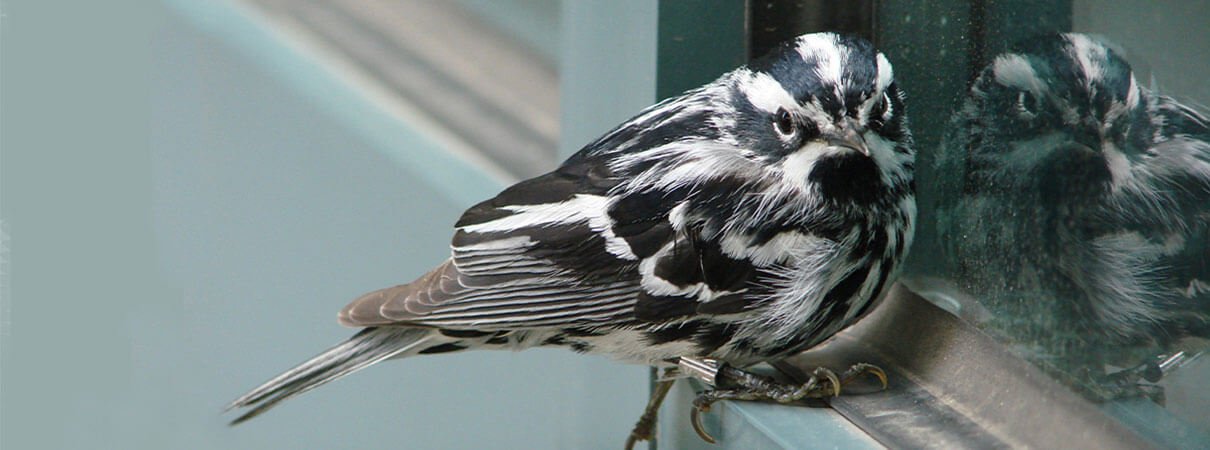
The birds most vulnerable to spring and fall collisions are songbirds that migrate at night and call out to each other on the wing, according to a 2019 study. Night calls likely evolved as a strategy to collectively avoid threats, but with artificial light thrown into the mix, these calls can increase the likelihood of mass collision events.
Researchers working in several U.S. and Canadian cities are actively monitoring bird-window collisions, gathering information on frequent-collider species. Below, we have listed seven of the species most likely to die from window collisions, according to data from several of these monitoring programs. While we have listed these species roughly in order of overall collision frequency, the exact order can change year to year or depending on location.

7. Black-and-white Warbler
The first bird on our list is a warbler with bold black-and-white stripes and conspicuous foraging habits. This warbler lives in deciduous and mixed forests, where it creeps up and down tree branches and trunks looking for tasty insects. Like other frequent colliders, the Black-and-white Warbler is a nocturnal migrant. It winters from the far-southeastern U.S. to northern South America and summers in U.S. and Canadian forests. This species' large population size and broad range contribute to its place on this list. While not currently imperiled, the Black-and-white Warbler is impacted by forest fragmentation in addition to window collisions.
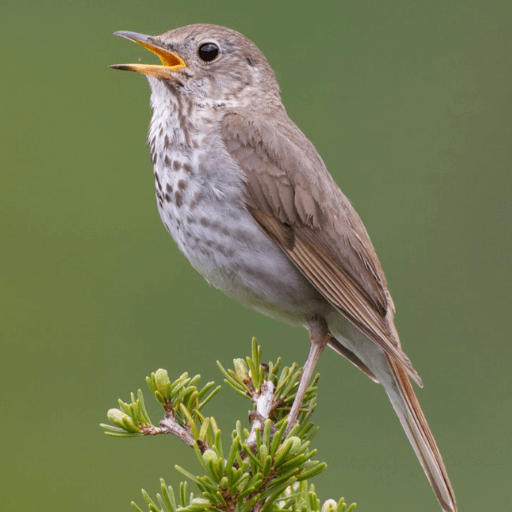
6. Hermit Thrush
True to its name, this reclusive thrush typically keeps a low profile in dense forest undergrowth. Still, the sound of its ethereal song and sight of its reddish-brown tail flicking amidst the foliage are frequently detected by birdwatchers across forested portions of the U.S. during winter, spring, and fall. The Hermit Thrush is more cold-tolerant than other closely related “brown-backed” thrushes, wintering mainly in the southern U.S. and Mexico, while its cousins wing their way farther south. Its large population of about 70 million individuals likely contributes to its place on this list of frequent colliders.
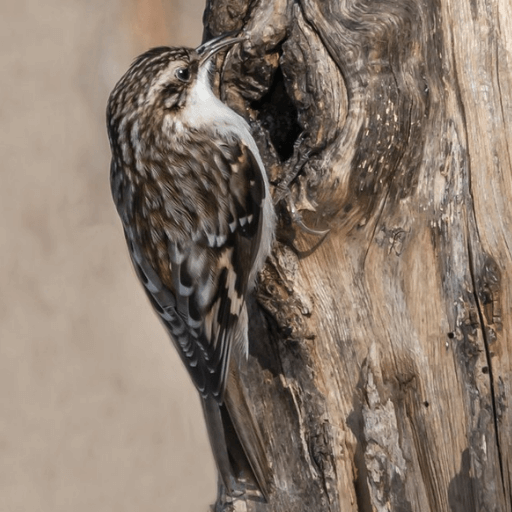
5. Brown Creeper
This well-camouflaged bird can be found sidling its way up — but never down — the trunks of trees. On its way, it carefully inspects bark crevices for insects and spiders and their eggs. The Brown Creeper is particularly fond of mature forests, which contain big tree trunks for foraging and also for nesting. (This bird builds its nest behind flaps of bark.) Though it can be found virtually everywhere in the U.S. and southern Canada during the winter, the Brown Creeper's breeding range has been reduced due to deforestation. Forest loss and glass collisions are two major human-caused threats to this common species.
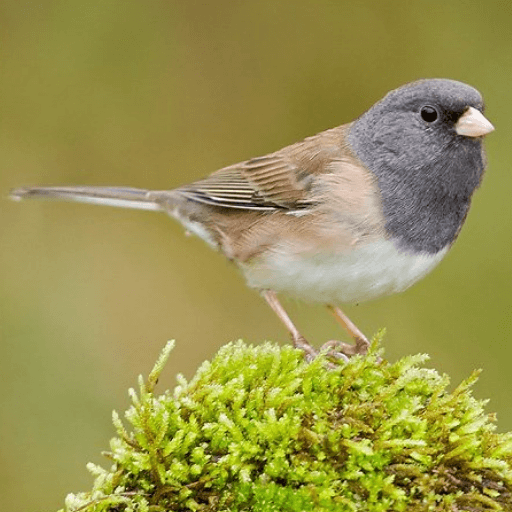
4. Dark-eyed Junco
The Dark-eyed Junco is a cold-weather visitor to backyard bird feeders across the U.S., earning it the nickname of “snowbird.” This plump, seed-eating sparrow breeds in the coniferous forests of Canada, the West Coast, the U.S. Northwoods (around the Great Lakes), the Appalachians, Alaska, and a few other areas, with most moving southward as far as northern Mexico in the fall to escape unforgiving northern winters. The Dark-eyed Junco is one of North America's most common bird species, with population estimates upwards of 200 million individuals. However, it was once more common: Some estimates indicate its population has declined by more than 40 percent in recent decades. Window collisions are one of the most well-known threats to the species, along with habitat loss.
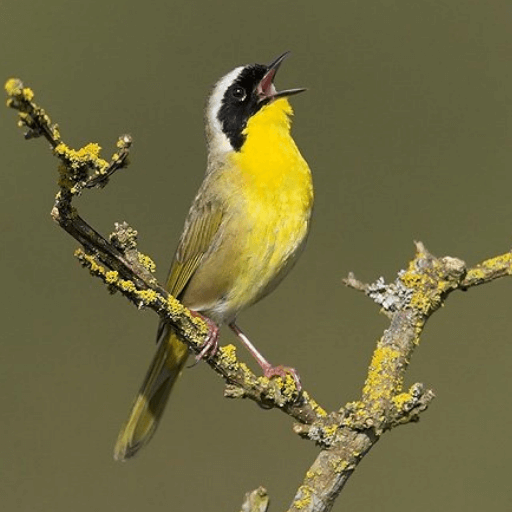
3. Common Yellowthroat
This masked songbird winters in the southern U.S., Mexico, parts of Central America, and the Caribbean, then much of the population flies up to the U.S. and Canada to breed. The Common Yellowthroat prefers to nest low to the ground in marshy and weedy areas, and can be found in all but the driest parts of the U.S. during spring and summer. While its population currently sits at 81 million, this warbler has declined over the past 50 years. Collisions with windows and communications towers are among the major documented threats to the species.
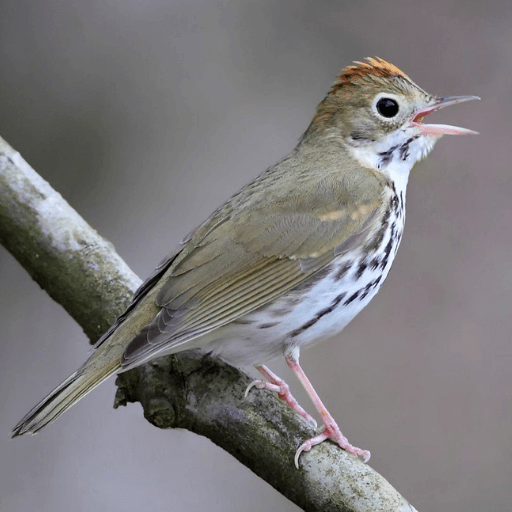
2. Ovenbird
The Ovenbird is a large warbler with a speckled belly and noisy summer song, immortalized in the Robert Frost poem titled “The Oven Bird.” Its name comes from the shape of its nest, which is domed and covered like a brick oven. The Ovenbird is a widespread migratory songbird that winters in Mexico, Central America, the Caribbean, and South Florida, and flies north to breed. In late spring and summer, it sings and nests in shady forests east of the Rocky Mountains. Window collisions are one of the biggest threats to this species, along with habitat fragmentation and cat predation.
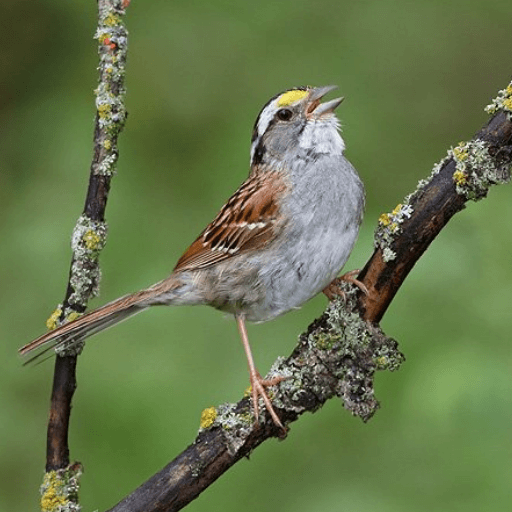
1. White-throated Sparrow
The White-throated Sparrow has the unfortunate distinction of being the most common bird to hit windows in Toronto, Chicago, and Manhattan. Its high population numbers and gregarious nature are likely two big reasons for its frequent-collider status. There are about 140 million White-throated Sparrows in North America. This sparrow winters in U.S. forests and suburbs and in spring flies to Canada and northeastern U.S. states to breed. There, its “oh sweet Canada” whistling song fills the boreal forests. The species has two distinct color morphs, consisting of white- and tan-striped variations. Nesting pairs usually contain one of each variant. Window collisions are one of the species' only known large-scale threats.
Get Involved
These seven species sit so high on monitoring lists, in part because they are still widespread throughout North America. However, window collisions are far from an isolated issue affecting a handful of common birds: Nearly a third of all avian species in the U.S. — from hummingbirds to falcons — have been documented in collision events. Luckily, there are actions you can take to help reduce the number of birds that collide with windows.
- If you live in the U.S., voice your support for the Bird-Safe Buildings Act currently under consideration in Congress. This legislation would require the government to incorporate bird-friendly materials and designs into newly acquired or constructed public buildings.
- Make your windows more visible to birds by covering them in visual markers spaced no more than two inches apart. Decals and paint can both serve as quick ways to make any window bird-friendly. ABC has a handy list of options to fit a wide range of budgets and window types.
- Turn out all non-essential lights in your home between 11:00 p.m. and sunrise, especially during migration season. Check out the migration tool BirdCast to learn when birds are passing through your area.
- Contact your local city and state government representatives to advocate for bird-safe building policies.
 | Rachel Fritts is ABC's Writer/Editor. |


















































